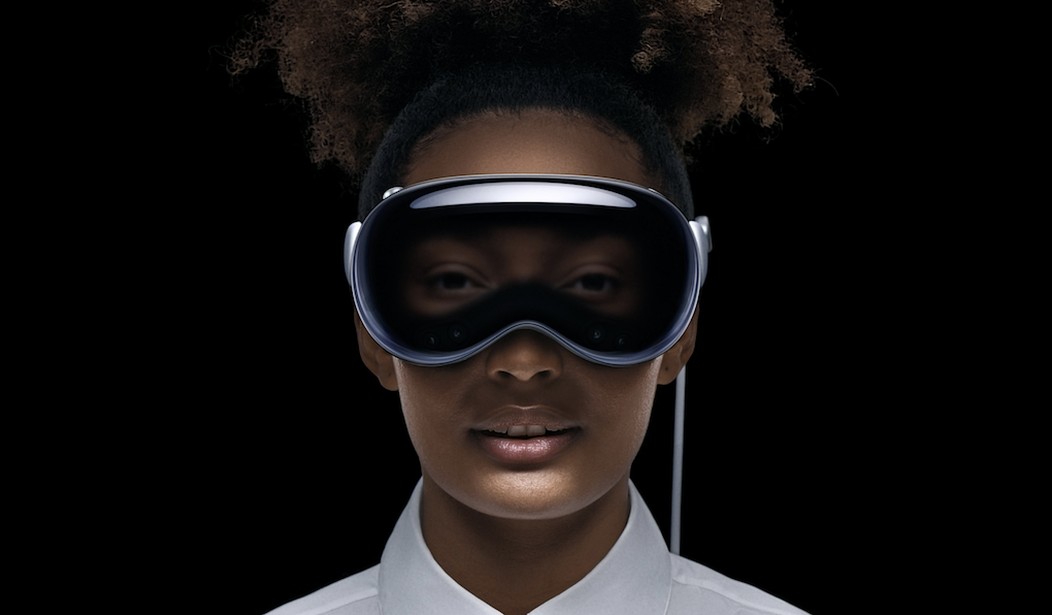What do you call a high-priced pro-level spatial computing device that doesn't have the apps that creative professionals need? Apple calls it the Vision Pro, but buyers call it a flop — and I told you so in June of last year but I'll get back to that in a moment.
The Cupertino-based electronics giant is "significantly scaling back production of its initially popular Vision Pro headsets, and may even cease making the item by the end of the year," according to a report in The Information seen by the New York Post, from a tepid 2,000 units a day to an even more lackluster 1,000. Manufacturing might end completely this month, although an upgraded version with a faster chip is still expected next year.
To its credit, Apple was realistic and never expected the Vision Pro to sell in huge numbers. “Obviously I’d like to sell more,” CEO Tim Cook said early on. “But there’s a limit to the number of faces this version of the Vision Pro will be on.”
Well, there's one of your problems right there. When I previewed the Vision Pro last year, I wasn't being complimentary when I called it "the nicest piece of large hardware you can strap to your face."
Announced in mid-2023, the Vision Pro went on sale in January with a jaw-dropping starting price of $3,499. The price doesn't go up very much from there, since the upgrade options are limited to reasonably priced prescription lens inserts by Zeiss and two additional storage tiers.
But the price isn't what's killing the Vision Pro. The hardware is almost beyond top-spec, with a power-sipping CPU, multiple cameras, a LIDAR sensor, and enough graphics horsepower to move 23 million OLED pixels across stereoscopic screens at a high refresh rate. Apple spared no expense on the hardware, and it shows.
Vision Pro software, on the other hand, is anything but Pro.
When the device was revealed at Apple's 2023 World Wide Developer Conference, I noticed a strong disconnect between the "Pro" moniker and the marketing. If you’re going to build pro-level hardware and charge pro-level prices, then you’d better make a pro-level marketing pitch.
Instead, marketing has mostly shown users using Vision Pro doing consumer-level activities. They’re watching movies on a virtual IMAX-sized screen outdoors by a virtual lake, enjoying a family FaceTime call with a purple-haired aunt, taking and editing 3D photos with the built-in goggle cameras, or playing 3D games in the living room.
What pros need is the Adobe photo/video suite re-tooled for spatial computing, 3D CAD development tools that are actually 3D, and so on. What few apps have been specially designed for Vision Pro seem to be mostly games and video streaming for your favorite platforms.
What Apple needed to do was pay its developers big bucks — taking losses, almost certainly — to create pro-level spatial computing developer tools, ready to go when Vision Pro launched in January. Instead, developers seem to have been left to their own devices, which didn't include the Vision Pro.
Tim Cook's niche device is left, at least for now, without a niche.
Recommended: TRUMP 47: Real Estate Mogul Just Bought Three Rat-Infested Money Pits.










Join the conversation as a VIP Member